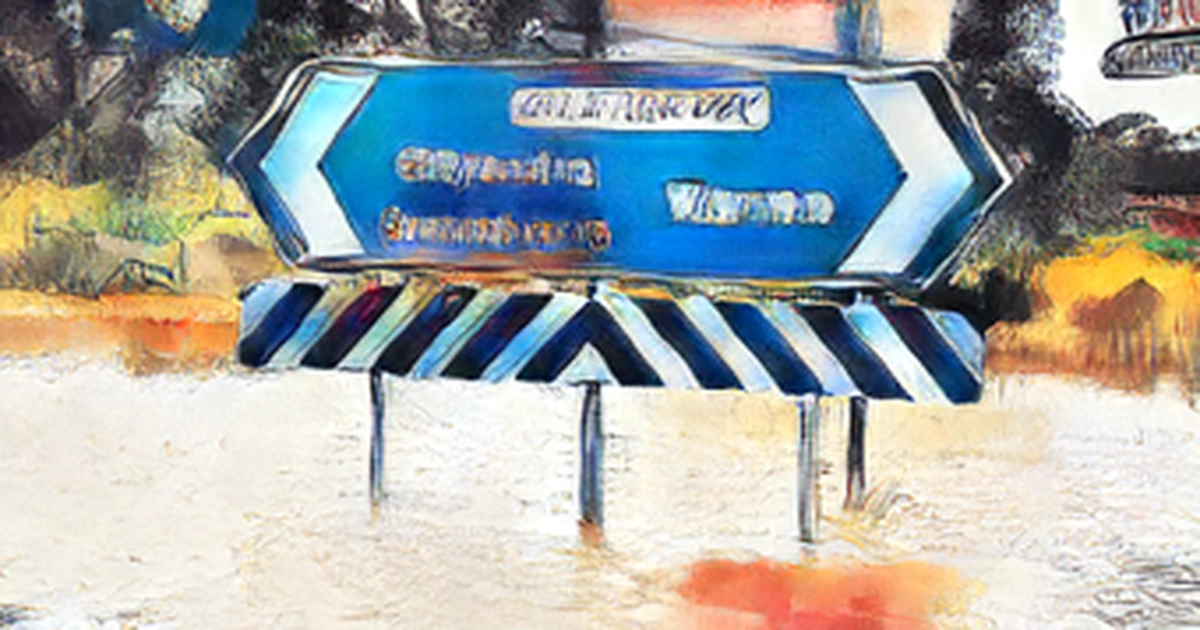
Almost a year of persistent flooding of Western New South Wales' waterways is taking its toll, with so much water in the system that Burrendong Dam is threatening to spill into already inundated rivers.
Sodden embankments along some of the waterways have collapsed, creating potentially dangerous conditions for walkers and runners who use river pathways for exercise.
Walgett has been declared a state of natural disaster and other Western NSW councils, including the Dubbo Regional Council and Gilgandra, have applied for the same recognition and funding support.
Burrendong Dam has been above 100 per cent since November, and authorities have been constantly releasing water to mitigate the spill threat, while trying not to exacerbate the flooding downstream.
Burrendong Dam is at 136 per cent and rising — just 6 per cent less than the maximum capacity — with 41 gigaliters pouring into the dam every day.
Dam managers have increased releases out of Burrendong Dam into the Macquarie Wambuul River, which has already had two significant flood peaks in Warren in the space of a week.
It comes just days after a 1.5 metre wide stretch of embankment fell into the river along Dubbo's popular river walk.
The dam was at maximum capacity of 142 per cent last November, but it did reach 145 per cent last November after extraordinary inflows, including more than 162 gigaliters in a single day.
The dam was just 1.2 per cent at the peak of the drought in Summer 2020.
Rain on an already saturated catchment last week caused a rapid rise with the dam jumping 6 per cent in three days.
Water NSW is working to bring the dam level down by increasing releases from 14 to 19 gigaliters.
The authority closely monitored weather forecasts and downstream flows when making decisions on dam releases, a spokeswoman said.
On Monday, the downstream community of Warren was warned that the river could peak above the major flood level of 9 metres, just one week after it peaked at 9.2 metres.
The flood peaked just below 9 metres at the beginning of the week, but the river is expected to experience a prolonged moderate flood for at least a week due to dam releases.
Central West SES acting superintendent Joshua Clark said the area was currently experiencing minor flooding but there was potential flooding across the area.
We do have the potential for more showers to add to the water filling up rivers, creeks, streams and dams. It's a problem we need to manage carefully. The problem isn't limited to the Macquarie River - a state of natural disaster has been declared for the Walgett Shire in the nearby NSW north-west after flooding in June and July.
The Federal Minister for Emergency Management Murray Watt said that floodwaters in the Barwon and Namoi rivers have left councils with major repairs, particularly to road infrastructure.
More western NSW councils are hoping to receive the same recognition and associated funding support to help deal with the extensive damage caused by prolonged inundation.
It's a real challenge for every western region local council at the moment, said David Neeves, Gilgandra council general manager.
Our council has over 1,000 kilometres of unaffected roads in our shire and there wouldn't be a road that doesn't have some type of damage. Western NSW residents are warned of the dangers of riverbanks collapsing and eroding due to the ongoing flood conditions.
The 1.5 metre-wide embankment collapsed on Friday next to Dubbo's popular river walkway due to significant erosion.
The bank slumping is a condition when floodwaters recede after extended periods of inundation.
Superintendent Clark said it was an important reminder for people to keep their distance from floodwaters.
He said that it's a concern for the river catchments across the area because of the saturation within the soil.
It's an unpredictable area and can be unsafe.
